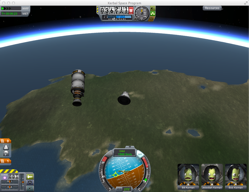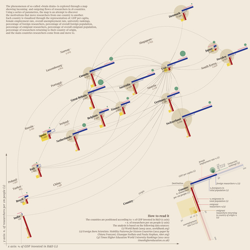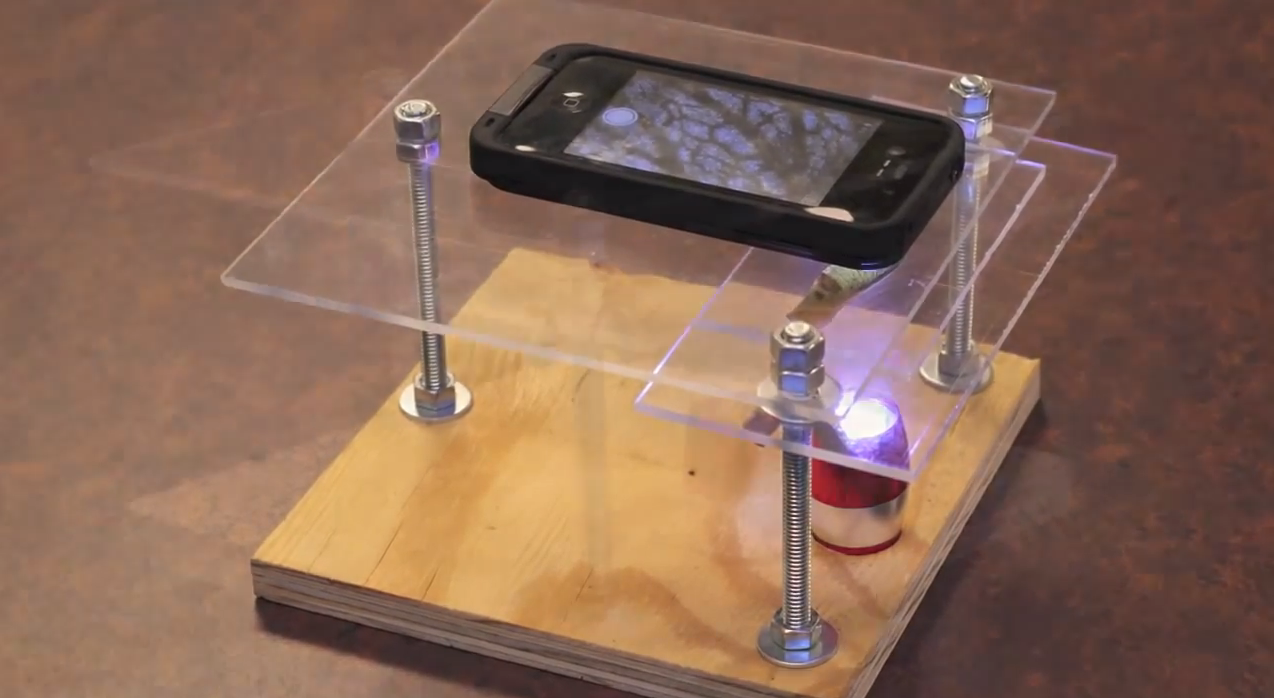If you are a follower of this blog, then you’re aware that I am employing both of my children to curate their own teacher resource blogs (Infographic-A-Day & Vid-A-Day), and that I syndicate them into 2¢ Worth.
One, posted by Martin the other day, really caught my attention (Circuit Scribe, the new way to teach and use circuits). It’s an ink, developed at the university of Illinois, through which electrical current can be carried. Their (electroninks) intent is an innovative way to help youngsters come to understand circuits. They doodle their circuit ideas with Circuit Scribe pens, lay components on their drawings, and throw the switch.
Part of what intrigued me about the project was our education community’s growing interest in helping students learn by making things – with tools, wires and code. This product is such a threshold-free approach to learning circuit design.
The other thing that provoked me to comment here is my son – and I hope that Martin doesn’t mind my bringing his personal experience into this. You see, Martin is incredibly talented at becoming an expert in areas that interest him. Many of you know that he is a celebrated master musician. But he constantly surprises us when he suddenly can talk with us about that never seemed of interest to him before, such as some old movie we’ve just seen. He’s telling us about the director, actors, academy award nominations, related works and stories about its production. He’s especially fond of the Coen brothers and Wes Anderson.
He can also tell you almost anything about the NBA and is currently learning a lot about the NFL, via his fantasy football league. He is definitely not the athletic jock type (band geeks were big on campus in his high school) and has never expressed any interest in sports until recently.
To the point of this writing, I find it interesting that my son zoomed in on this video about Circuit Scribe. You see Martin dropped out of the computer science program of one of our state universities, because he hated programming – and I think I know why. They were not teaching him to doodle. I don’t mean literally draw his programs with conductive ink. They weren’t helping him learn to code the way I learned to code. He was being made to learn programming in the same way that I was taught grammar. It was about memorizing proper syntax, instead of learning to make computers do interesting and useful things.
My children will both find their intersections of play, purpose and passion, and it will (hopefully) be something they can make a living at.
..and they’ll do it in spite of the “test-prep” curriculum that dominated their childhoods.

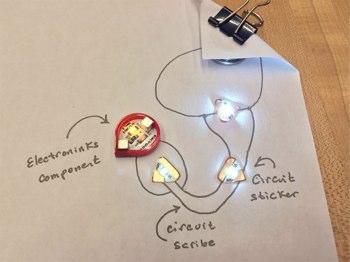
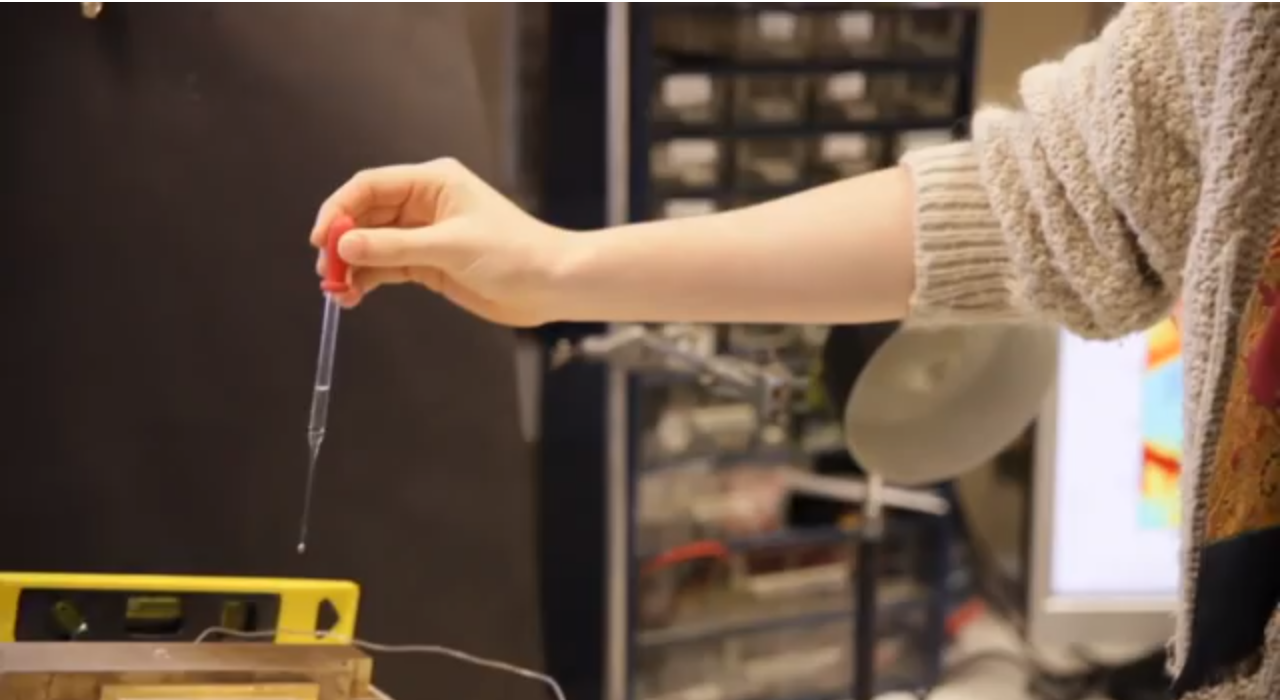
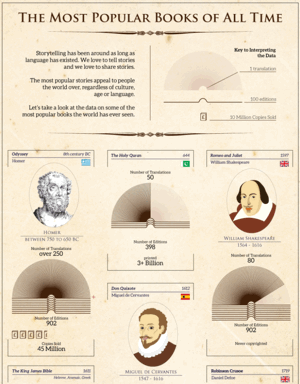
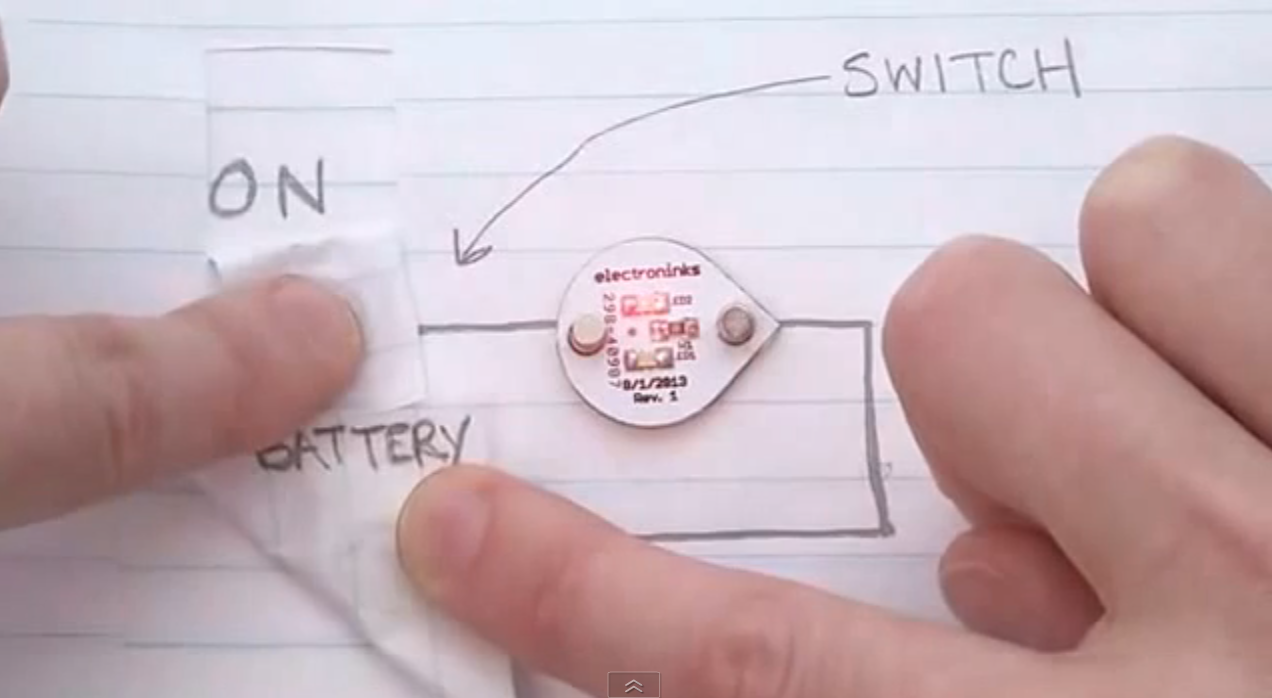
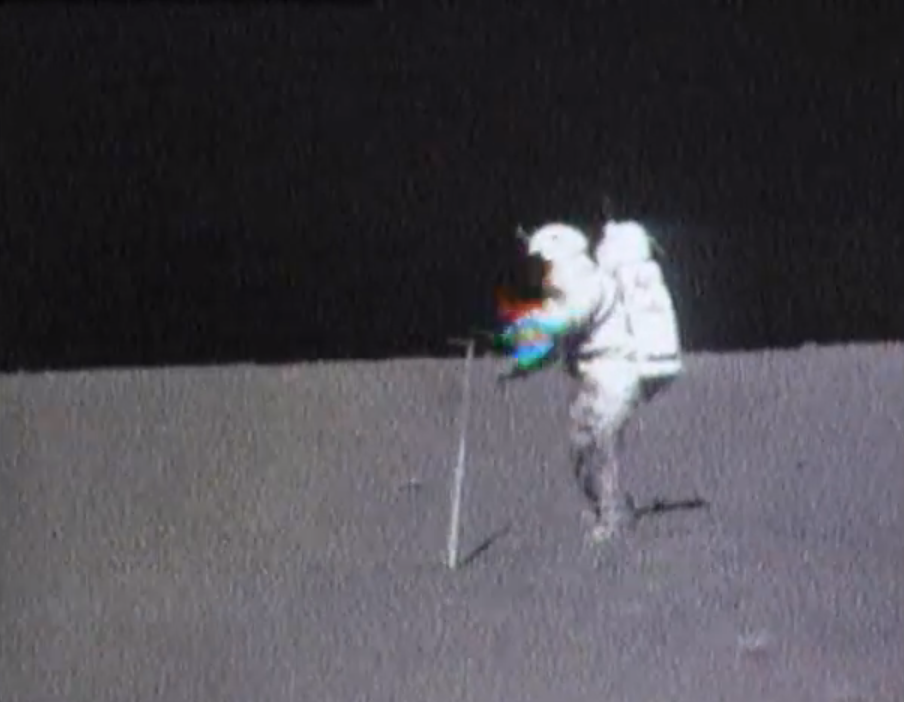










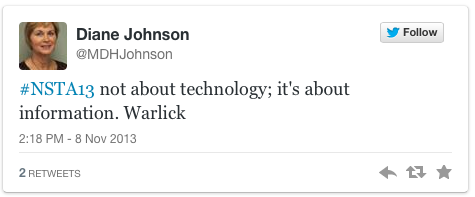
 ..and we continually ask, “How do I measure engagement?”
..and we continually ask, “How do I measure engagement?” 

